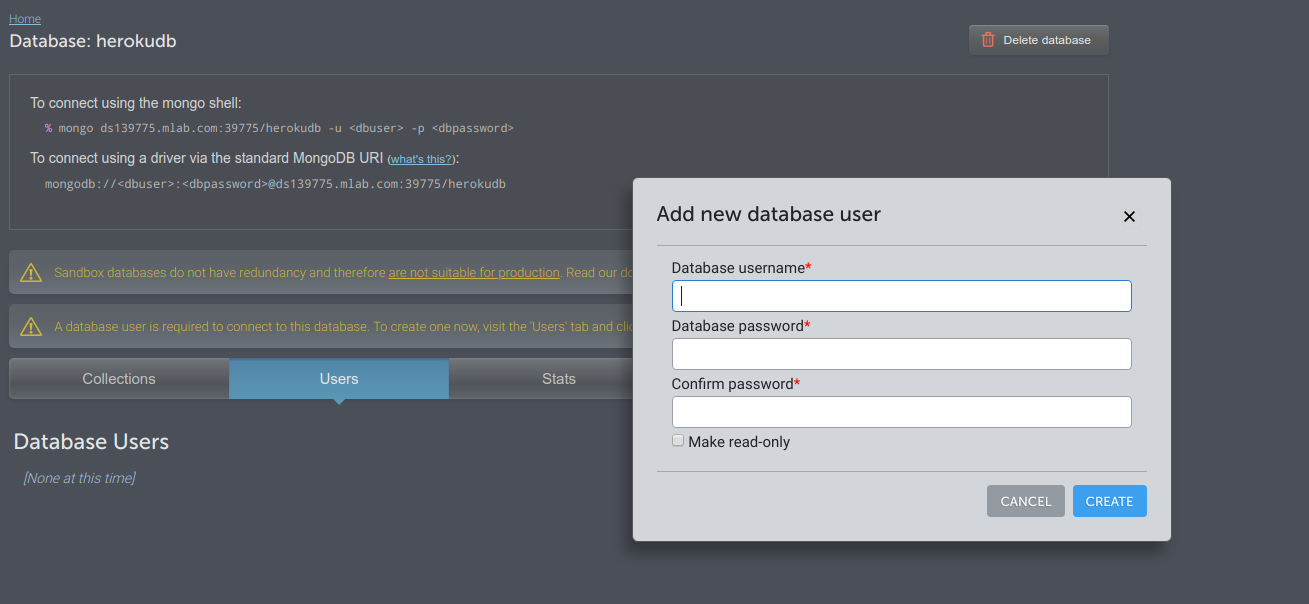
Container orchestratorsĬontainer orchestrators are designed to run complex applications with large numbers of scalable components. So how do you run complex containerised applications? Solutions such as AWS Elastic Beanstalk and Azure App Service aren't designed to run those kinds of workloads. This is especially true if you follow the microservices pattern.Įach component, or "microservice", should be scalable independently. However, when you're building production-grade applications, it's common to have a large number of components that are all connected. Those services are excellent if you wish to deploy a single or a small number of containers. There're several services where you can deploy Docker containers, for example, AWS Elastic Beanstalk or Azure App Service.
Web app wrapper mongodb how to#
If you wish to learn how to build your own, you might want to check out this other article that goes into how to design a Node.js application that can be containeraised. The application comes already prepackaged as a Docker container. To demonstrate, we're going to deploy an app called Knote on a Kubernetes cluster. In this chapter, you will learn how to use Kubernetes (the most popular container orchestrator) to deploy your Node.js apps as Docker containers.




 0 kommentar(er)
0 kommentar(er)
